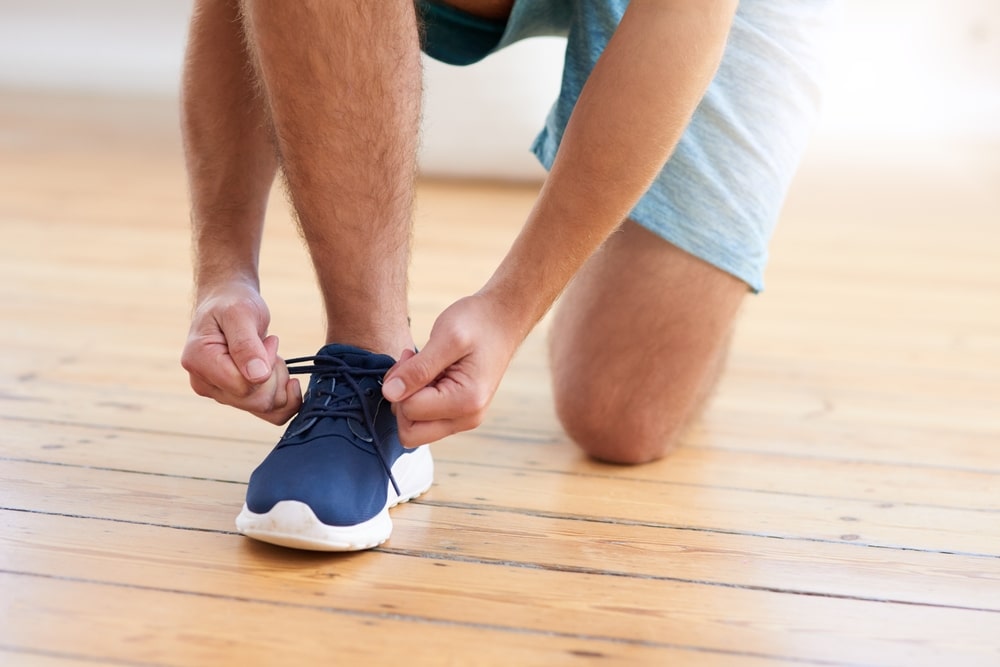Why Running Might Be the Perfect Addition to Your Leg Day Routine, According to Fitness Experts
If you’ve ever sprinted up a steep hill, tackled a longer run than usual, or cranked out several grueling 200-meter intervals, you know firsthand that running can be just as much a leg workout as it is a way to boost your cardiovascular health. But can we really call running “leg day”? Before you decide to trade in your squats and lunges for a few miles on the pavement, let’s explore what fitness experts have to say about how running stacks up against traditional strength training.
One of the most common questions is which muscles actually get fired up during a run. Running is a total body workout; your arms and core play crucial roles in helping you maintain stability and propel yourself forward. According to Kate Baird, an exercise physiologist and certified strength and conditioning specialist at New York’s Hospital for Special Surgery, the muscles that take center stage in running are primarily located in the lower body—think calves, soleus, hamstrings, glutes, and quadriceps. Yet, if running is your main form of exercise, you might be neglecting some important muscle groups, especially those in the hip area like orchestrators of movement (external rotators) and the side strengtheners (abductors and adductors). McKenna Coughlin, a certified personal trainer and running coach, points out that trail running often involves more lateral movement, which can help engage those overlooked muscles.
It’s also worth considering how everyone’s body mechanics vary—your unique strengths and weaknesses affect what muscles you engage the most while running. As Baird highlights, many runners struggle with hip extension, meaning their glutes and hamstrings might not be pulling their weight effectively. To keep things in balance, incorporating glute-specific exercises is vital for maximizing your running performance.
Now, let’s dive into how running and resistance training compare. While both do contribute to leg strength, they generally enhance different types of muscular power. Baird mentions that during your typical run, your body primarily taps into type-one muscle fibers—those slow-twitch endurance fibers that are hard to tire out and primarily burn fat for energy. On the flip side, resistance training predominantly engages type-two, or fast-twitch fibers, which are responsible for quick, powerful movements. Interestingly, if you’re sprinting—think dashing at high speed for short bursts—you’ll also activate those fast-twitch muscles, particularly over distances of about 800 meters.
Unlike lifting weights in a gym, where you progressively increase the load on your muscles, running typically doesn’t provide the same type of “progressive overload.” As physical therapist and running coach Asher Kyger Henry explains, without increasing demands, muscle gains can stall. This means if you’re trying to build strength solely through running, you’re likely to hit a plateau.
So, can you truly build leg strength through running alone? In theory, yes—but not without incorporating targeted workouts that focus on building power, such as hill sprints or strides. As Henry points out, running is primarily a cardiovascular activity that builds muscular endurance rather than significant muscle growth. “Your strength and muscle mass developed in the gym help maintain your running mechanics,” he notes.
When it comes to improving your endurance, it often depends on the variability of your running routine. Baird urges that if you’re running the same course at the same pace day in and day out, you’re mostly maintaining endurance levels rather than improving them. New runners or those challenging themselves with greater mileage or speed may see gains, but sticking to a one-dimensional approach can lead to muscle imbalances and inefficiencies, increasing the risk of injury.
So, does running can be classified as leg day? Not really—at least not in the full sense of the term. Coughlin states, “If you consider yourself a runner thinking, ‘I get my leg day in every day,’ it might be time for a dedicated leg day at the gym.” Why? Because if you’re hitting the weights just once a week, you could see substantial improvements in your performance and overall leg strength.
On the flip side, if you’re mainly a gym-goer looking to diversify your routine, think of running as a complement rather than a replacement for leg day. Don’t overlook the leg-strengthening benefits that running can offer, particularly during those intense training phases or busy mileage weeks. As Baird notes, “In periods of heavy running, I might cut back on lower body strength training as I focus on speedwork or tempo runs.” Conversely, in those lighter training phases, she’ll ramp up strength workouts to keep her body balanced and healthy.
A straightforward way to assess whether running is sufficiently challenging your legs is to check how you feel the next day. “If you wake up feeling tired after a run, that signals you’ve given those legs a proper workout,” Baird says. However, if you feel peppy enough to think about hitting that group fitness class, your run may have served primarily as aerobic training, suggesting you still need those dedicated leg workouts.
In the end, running mileage alone doesn’t earn you a free pass to skip leg day. Henry chimes in, “Strength training is beneficial for all athletes.” So don’t shy away from it! Just 10 to 15 minutes of focused leg work can significantly enhance your performance and muscle development, making you stronger and more resilient, whether on the track or the treadmill.















